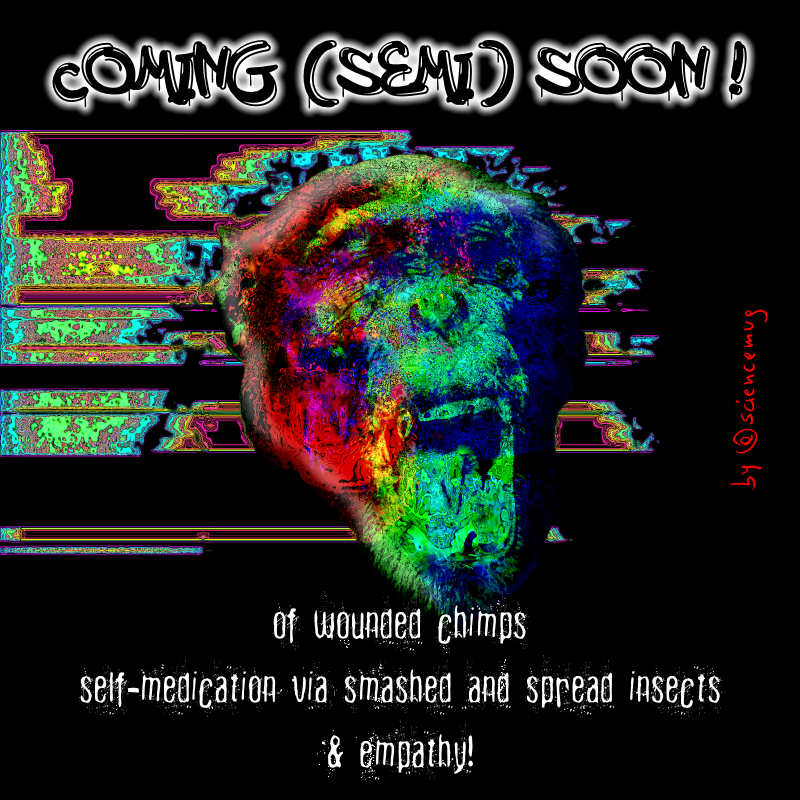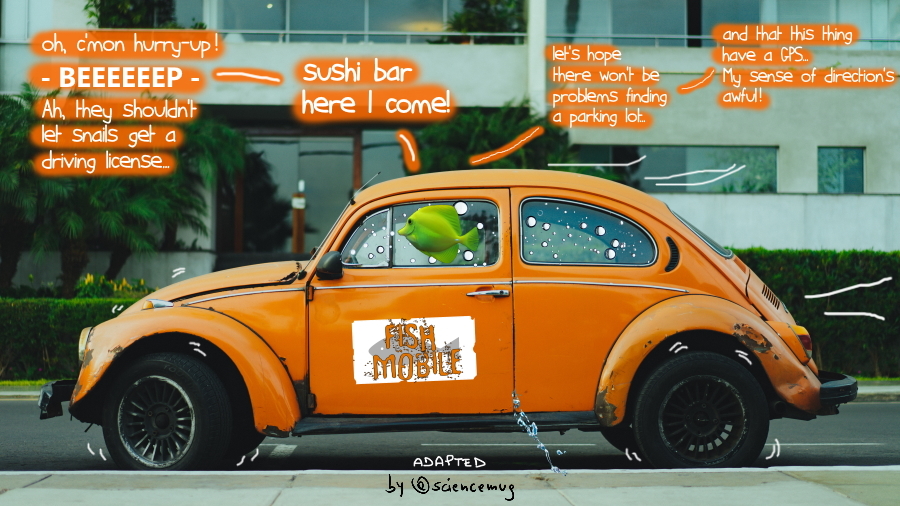_by-@sciencemug.jpg) |
| PiPs vs spider & beetle (by @sciencemug) Spider img by Dr. Andrew Posselt Frog-Legged leaf beetle img by Yousef Al Habshi (@yousef_al_habshi) Source: Nikon's Small Word The photographers authorized the use of their images. All images adapted by @sciencemug PiPs cartoons by @sciencemug |
From the images' source website:
"Nikon’s Small World
Celebrating 47 years of images captured by the light microscope.
The Photomicrography Competition is open to anyone with an interest in microscopy and photography"
Sooo, pal reader, as you can see for yourself, when one looks real close, well, things do may be different from one's thought (unless one goes quantum-close, then things get beyond "different"...).
Anyway,
the photographers who took the amazing spider & beetle pics were
kind enough to tell us the story of those shots. Enjoy!
Dr. Andrew Posselt (spider)
"This was a tiny (4-5 millimeters [about 0.15-0.2 inches]) spider [Phidippus audax] I found in my backyard.
The image is a composite of approximately 200 pictures that were created using focus stacking – it is necessary to use that many images because at this magnification, the DOF [Depth of Field] is very small – approximately 30 microns [1
micrometer (aka micron, aka µm) is 1 millionth of a meter (aka m),
meaning were Thor/Chris Hemsworth 1µm, then 1m would be a bit more than
the distance between Kyiv and Brussels, or a bit less than
the distance between Tokyo and Taipei (or, probably, right the distance covered by a bunch of a very angry Hulk's jumps)].
The
most tedious aspects of the process are cleaning the spider,
positioning it in a pleasing pose (hard to do as the camera view only
shows a very thin sliver that is in focus), and obviously the lighting.
The colors are not enhanced at all – this is how he (males are more colorful) looks in nature."
Mr. Yousef Al Habshi (beetle)
"I was in love with the multiple colors of this beetle [Chrysomelidae Sagra buqueti]
and started to set up my equipment to shoot. Only then, I was
fascinated by the aggressive looks of this beetle through the lens, even
though these beetles aren't aggressive, considering they are leaf
beetles.
With the right lighting effects, the shown work was produced."
Well, thank you, Dr. Posselt and Mr. Al Habshi, for sharing your beautiful pictures and their stories!
To you, pal reader, ciao!
Ahem...
I
feel compelled to intervene in order to specify a thing about which,
often, there is confusion, and that this cheap blog, obviously, given
its intellectual sloppiness, has not made sure - as indeed it would have
been appropriate to do - to make clear.
I proceed, then.
The often times shared misconception is this: spiders are insects.
They definitely are not.
Spiders are arachnids.
Spiders
and beetles are both, in fact, arthropods, but the former are, as just
mentioned, arachnids, while the latter are insects.
In short:
Spiders - Phylum: Arthropoda; Class: Arachnida
Beetles - Phylum: Arthropoda; Class: Insecta.
You are welcome.

ok_by-@sciencemug.jpg)






